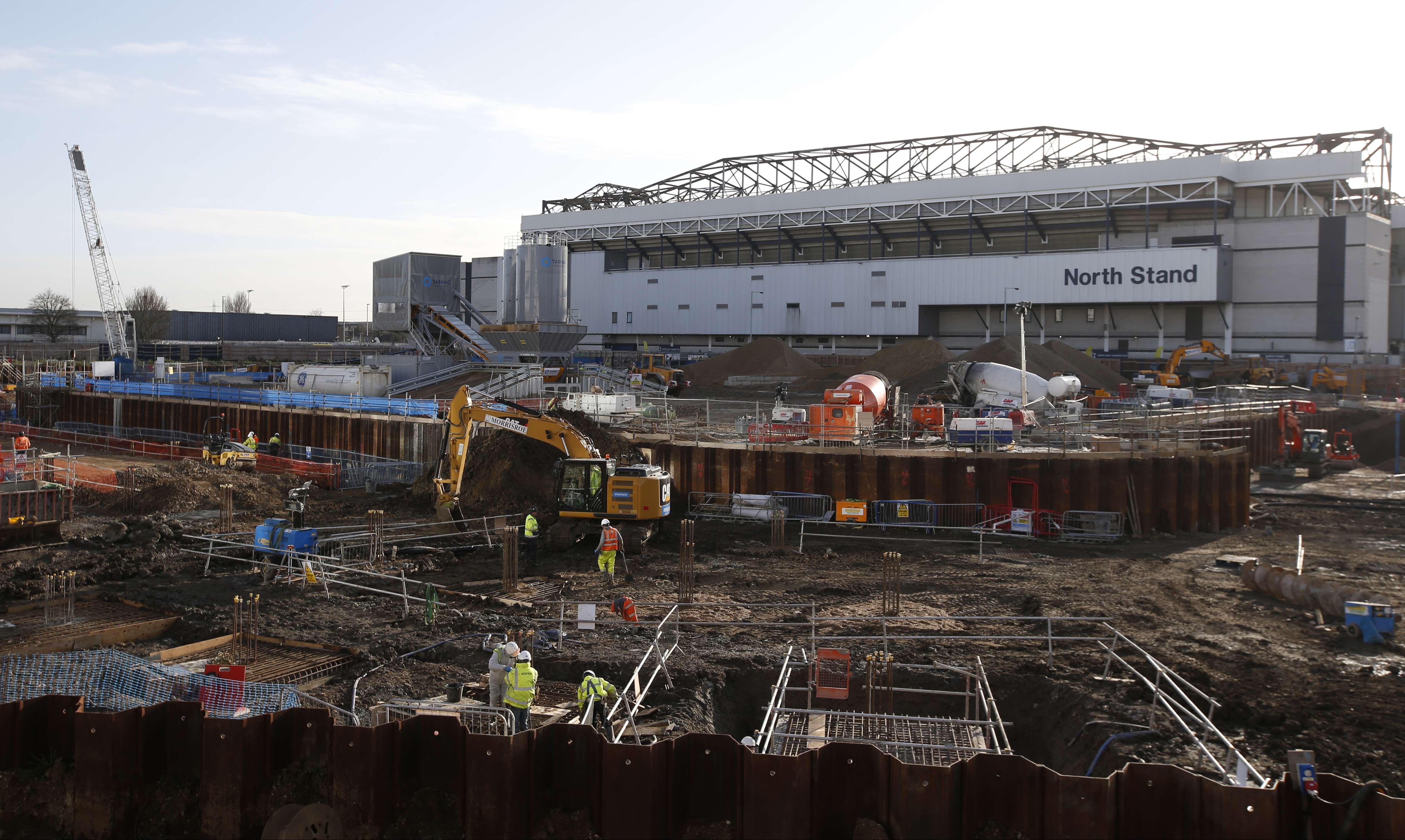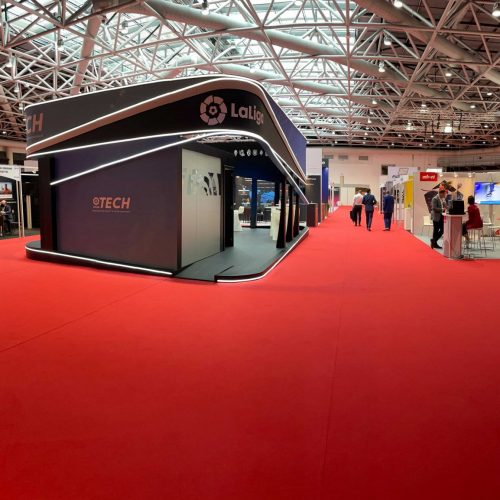Sports stadiums must embrace technology to bring fans new experiences
Television coverage of sporting events has reached a zenith. Everything is televised, and the very biggest events are covered from every angle. Every camera angle, every analytical angle and across all media channels, social and otherwise. Attending a major sporting event these days has become perhaps the most detached way of watching a sporting event.
Whereas buying a ticket to a sporting event used to be the only way you could get close to the action, it has now become the only place where you can’t actually get as close to the action as you can from anywhere else.
Trying to get phone signal in some stadiums is futile, in others you have to perform some sort of pagan signal-divining dance ritual. Wifi signals are so saturated that it takes minutes to send a tweet.
And even if you could do all these things easily, the experience is just different; for many, negatively so. There is a huge demand for a greater understanding of what is happening on-pitch or on-court, and that usually involves access to digital media.
So how do you build a stadium fit for this brave new world of technological dependence among sports fans?
Sport is, at base, a distraction from people’s everyday lives, but now even our distractions have distractions – second screens for analysis and commentary to consume during the game, or social media so you can share your opinions with the world.
Most stadiums in the UK aren’t built with modern technology in mind. In fact, many British stadiums are relics of a simpler time. Or at least, their shells are; relics with face lifts. But the drive to modernise and improve stadiums arguably came too early.
Before the current large TV rights deals became commonplace, matchday revenue was the biggest money-spinner for Premier League football clubs – ticket revenue the largest chunk, but income from catering, merchandising and other memorabilia was important, too.
Stadiums were expanded to bring in as many fans as possible who would spend their money at games, and new stadiums built to make the experience comfortable – going to a football game in a shiny new stadium is an attractive prospect.
But what that has done is create beautiful and comfortable stadiums for the types of fans who want to go watch a game but don’t necessarily want to engage with it in the same way as many at home will.
Golf has a similar problem, but one that is a lot more obvious. Watching golf at home, after all, is a different prospect to watching it on the course. From your living room you have access to expert opinions, camera angles, live leaderboards, stats, analysis, hole-by-hole guides and a whole host of other event-enhancing details. Crucially, you have live access to every single shot that is hit on the course.
On the course, however, you have access only to one hole at a time and from one angle.
So the technological solution is to develop smartphone apps and screens that give spectators access to everything they’d get access to at home as well as the experience of watching live sport in person.
Perth, in Western Australia, is currently witnessing the construction of a new stadium, and the technological aspect of the construction is playing a large part in the discussions surrounding it.
As quoted in Yahoo Australia, Paul Yeomans, the managing director of stadium technology consultancy firm PMY which was part of the successful bid to run the stadium once it is complete, laid out four ways he believes technology should be implemented in sports stadiums.
The stadium itself should provide its audience with reactive content. Firstly, he said, “There is internet-connected TV and LED video board content displays. That means at the push of a button, everything from the main perimeter signage to LED content displays can change.”
“Number two is connectivity – that being high density wi-fi – so there’s no impediment to the use of mobile devices.”
The use of second screens amongst fans is growing as social media channels, especially Twitter, can provide them with real-time stats and opinion as well as reaction to the highlights. Going to a live event, however, seems to preclude you from having this experience, even though there is no technological reason why it should.
“Then there’s venue event-day mobile applications: cashless payments and different offerings through the mobile devices,” Yeomans continues. Ease of access is clearly another reason why it might be easier to stay at home.
The initial point of televising sporting events was to recreate the live experience in the living room. The success of televised sport has both eaten the appeal of watching sport in person and also weakened the content produced by traditional broadcasters who have stagnated in a pre-digital media age mindset and are failing to take advantage of a new market.
But life so often imitates art, and the introduction of digital innovations within stadiums look like they now aim to give spectators the ability to recreate the living room experience in the stadium, ironically.
But it’s the last point that Yeomans makes that is key, or at least touches on the key.
“And then there’s digital innovation,” he says, “such as interaction between the fans and gaming live against each other in the stadium.”
If you’re going to try to recreate home comforts in a stadium environment, you’ll still need a unique selling point to actually bring fans to the stadiums, something that makes the experience both different and worthwhile.
With so much live sport on TV, actually going to watch in person means you’re likely to be missing out on something else. If television coverage looks like the pinnacle of sport-watching, rather than seeing it live, then why would you want to spend more money to go and watch the game?
Sport needs to react to the digital age, but it also needs to innovate in a different direction. With broadcasters continuing to attract huge audiences for sport but not providing top quality coverage for fans who want to be as engaged as possible – with the event they’re watching and with other fans – then it’s a big opportunity for event organisers to create a different environment in sports stadiums to engage audiences and make watching live sport in person the pinnacle of fandom once again.
About author
You might also like
SPORTEL 2021: Day One Recap
This year’s prestigious SPORTEL convention kicked off in sunny Monaco today, welcoming a host of familiar faces as well as plenty of new ones. Doors opened at 8:30am with businesses
Six Founding Riders Set To Bring The Vision Of The UCI Track Champions League To Life
Olympic Champions, UCI World Champions and World Record holders join the new track cycling competition debuting in November 2021 The UCI Track Champions League is delighted to announce that six
Sports related spending to soar this summer as pre-pandemic life resumes
New insights from eBay Ads UK reveal the potential for brands to engage with an excited but nervous nation as sports events get back on track As pubs and indoor










